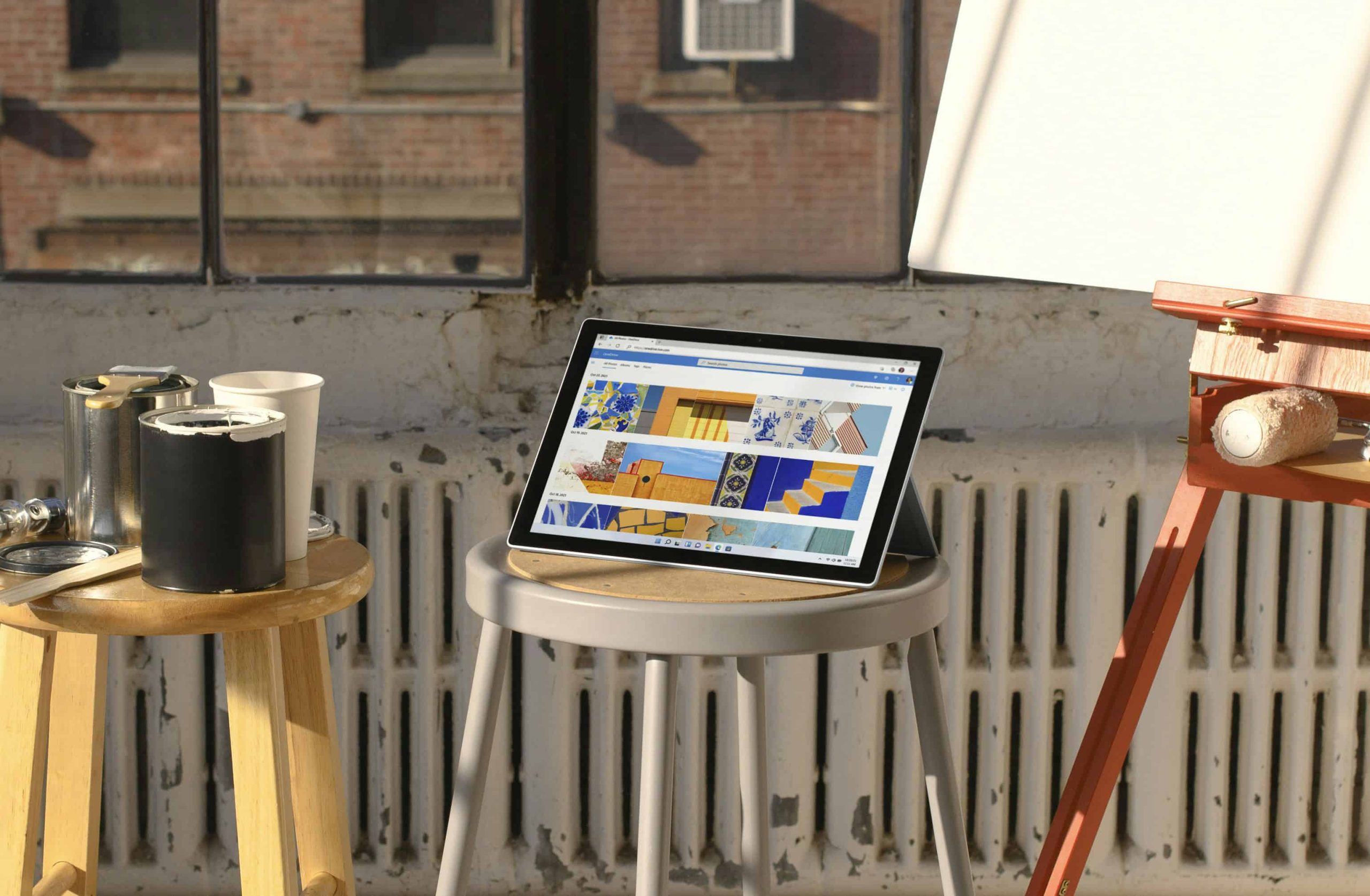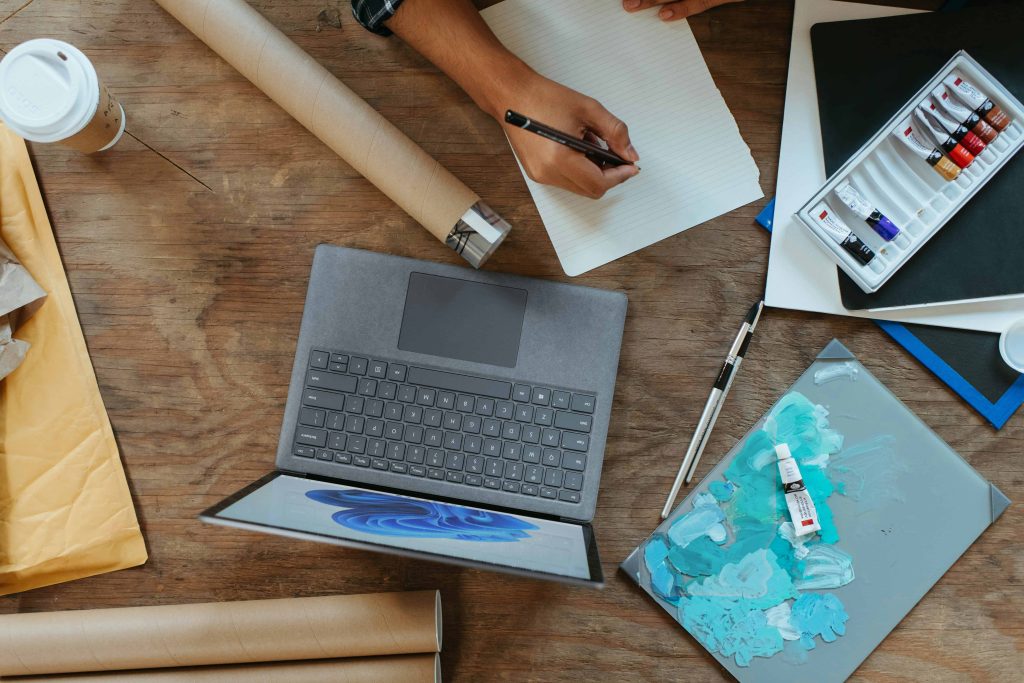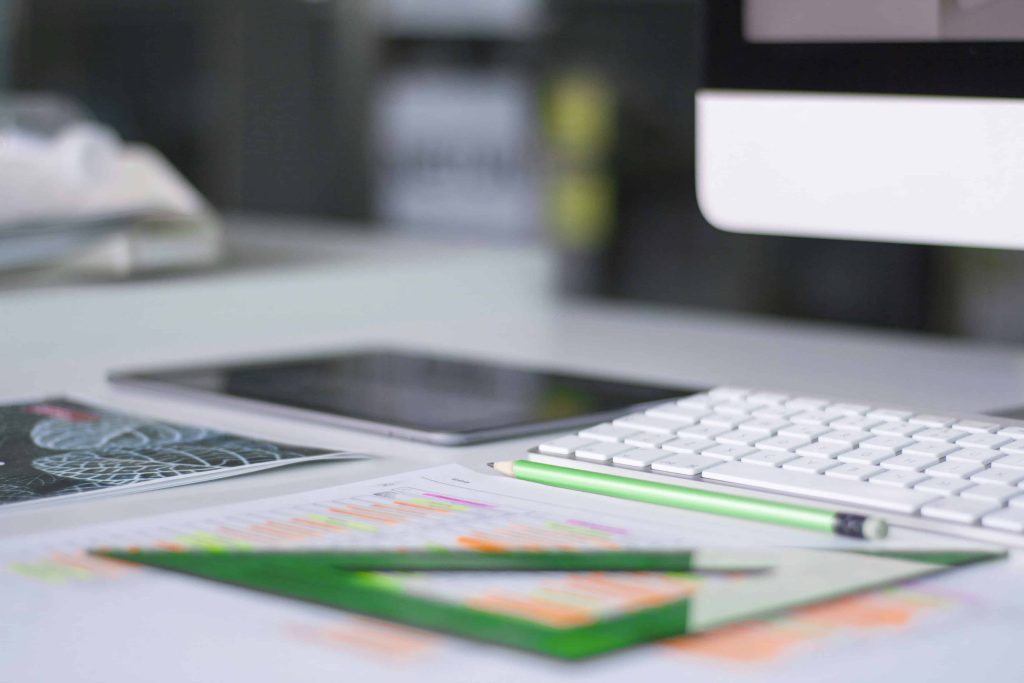
23 Aug The Impact of Technology on Art Collection Displays
From Static to Interactive: Redefining Art Exhibitions with Technology
Art has long been a centerpiece of human expression, with collections displayed in traditional, static exhibits. However, the advent of technology is revolutionizing how we experience and interact with art. Let’s explore the transformative impact of technology on art collection displays.
In the traditional sense, art collections have been showcased through physical pieces in static exhibits. However, with the emergence of technology, the landscape of art display is rapidly evolving. Technology is not only changing how art is experienced but also democratizing access to it.

Technology in Art Displays
Interactive Displays
Interactive displays are redefining the way viewers engage with art. Touchscreens and digital displays provide in-depth information about the artwork, offering a more immersive experience. Augmented reality (AR) overlays add layers of context and depth to the viewing experience, enhancing understanding and appreciation.
Enhanced Accessibility
Technology is breaking down barriers for diverse audiences. Digital tools cater to visually impaired or physically challenged visitors, providing alternative ways to experience art. Virtual tours offer remote access to collections, allowing individuals from around the world to explore galleries and exhibits from the comfort of their homes.
Immersive Experiences
Art is becoming more experiential through multi-sensory installations. Light, sound, and projections are integrated to create immersive environments that envelop the viewer. Virtual reality (VR) experiences transport viewers into the heart of the artwork, offering a new dimension of engagement and understanding.

Impact of Technology
Benefits
The integration of technology in art displays offers numerous advantages. It fosters increased engagement and deeper understanding among visitors, enriching their experience. Furthermore, technology democratizes art by making collections more accessible to diverse audiences. It also provides artists with new avenues to create and showcase their work, pushing the boundaries of creativity.
Challenges
Despite its benefits, technology in art displays poses some challenges. There’s a delicate balance between technological innovation and preserving the integrity of the artwork. Additionally, ensuring equitable access to technology for all visitors is crucial to preventing exclusion. Moreover, there’s a risk of technology overshadowing the art itself, potentially diluting its impact.

Conclusion
In conclusion, technology is reshaping the landscape of art collection displays, offering unprecedented opportunities for engagement and accessibility. As we look to the future, the integration of technology will continue to evolve, further transforming how we experience and appreciate art. Embracing these advancements while addressing associated challenges will be essential in ensuring that technology enhances rather than detracts from the beauty and significance of art.
Key Takeaways
- Transformation of Art Display: Technology is redefining how art collections are presented, moving from static exhibits to interactive and immersive experiences.
- Interactive Engagement: Touchscreens, augmented reality, and virtual reality are enhancing viewer engagement by providing in-depth information and immersive environments.
- Enhanced Accessibility: Digital tools and virtual tours are breaking down barriers, making art accessible to diverse audiences, including those with disabilities and remote visitors.
- Benefits and Challenges: While technology enriches engagement and accessibility, it also raises concerns about preserving the integrity of art and ensuring equitable access for all visitors.
- Future Outlook: The integration of technology will continue to evolve, offering new opportunities for artistic expression and audience engagement, provided that associated challenges are addressed effectively.
FAQs
How does technology enhance the art viewing experience?
Technology enriches the viewing experience by offering interactive displays, such as touchscreens and augmented reality overlays, providing in-depth information and immersive environments. Additionally, it makes art more accessible through accommodations for diverse audiences and virtual tours.
How does technology increase accessibility to art collections?
Technology breaks barriers to art appreciation by catering to diverse audiences, including visually impaired or physically challenged individuals. Virtual tours enable remote access to collections worldwide, ensuring that art can be enjoyed by people from various backgrounds and locations.
What challenges come with integrating technology into art displays?
Challenges include maintaining a balance between technological innovation and preserving the integrity of artwork, ensuring equitable access to technology, and avoiding overshadowing the art itself. Addressing these challenges is crucial to ensuring that technology enhances rather than detracts from the beauty and significance of art.
Immerse yourself in the world of cutting-edge art display techniques and discover how technology is unlocking new dimensions of creativity and expression for artists and viewers alike.

